Cats may be adored human companions, but they are also highly effective killers, according to a study that shows they eat more than 2,000 species globally – including hundreds that are of conservation concern.
Since domestication 9,000 years ago, house cats have spread to all continents except Antarctica. In the paper, published in Nature Communications, researchers describe them as “amongst the most problematic invasive species in the world”.
“Our study sheds light on the predatory habits of one of the world’s most successful and widely distributed invasive predators,” the researchers, led by Christopher Lepczyk from Auburn University in the US, wrote in the paper.
Birds, mammals, insects, and reptiles are all on the menu, 17% of which are of conservation concern according to the research, which is the first to quantify their diet on a global scale.
In total, cats eat 981 species of bird, 463 reptiles and 431 mammals – comprising about 90% of species consumed. They were also found to feed on 119 species of insects and 57 amphibians.
Cats are particularly damaging on islands, where they eat three times the number of species of conservation concern compared to what they eat on continents. For example, they are known to have eaten species that are now extinct in the wild, including New Zealand’s Stephens Island Rockwren and the New Zealand quail.
Their impact on wildlife has spurred fierce debate in New Zealand, where one politician is campaigning to eradicate them completely, and controversy has erupted over competitions encouraging children to shoot feral cats.

In Australia alone, cats are estimated to kill more than 300 million animals every year, with conservation groups calling for cats to be kept indoors. Some places have implemented feline lockdowns. In the south-western German town of Walldorf, people have been ordered to keep their cats locked inside for three months in spring to protect an endangered population of crested larks, which breed at that time.
Previous research has found there is a “considerable blind spot” when it comes to acting on the “large-scale negative impacts” of domestic cats on native wildlife.
The study found about 9% of known birds, 6% of known mammals, and 4% of known reptile species are eaten by cats – and they are not fussy snackers. “Cats are largely eating what is present,” researchers wrote. “If a species is missing in the diet analysis it is likely that the prey is either absent or rare in the surrounding environment”.
The scientists reached these figures by trawling through hundreds of existing studies. They believe their final estimates are conservative, and will grow as more research is done. Their study looked at free-ranging domestic cats. Some of the larger animals included in the total count might be scavenged by cats, not necessarily caught as prey.
A spokesperson from the Royal Society for the Protection of Birds (RSPB) said: “Fitting bells to quick-release collars and keeping cats inside overnight are simple ways to reduce the number of wild birds and other wildlife that they catch. Ultrasonic devices can also be a harmless but effective way to reduce the amount of time cats spend in gardens.
“Beyond gardens, cat predation can cause particular problems for vulnerable and restricted populations of birds, in particular birds that nest low to or on the ground,” the spokesperson said.
“It can also be an issue for birds that have evolved on islands where terrestrial predators would not naturally occur. So, it’s a good idea to limit new residential developments being built too close to important sites for ground-nesting birds, and reduce or remove feral cat populations on islands where they do not belong.”
Mike Toms from the British Trust for Ornithology (BTO), who was not involved in the study, said it provided “a welcome and much-needed global assessment of the impacts that free-ranging cats have on wildlife”.
He said: “That [the study] highlights areas of particular concern – such as the impacts of cats on island populations – will help conservation action to be directed to where it is most needed.”
What you can do
Help to save wildlife by donating as little as $1 – It only takes a minute.
This article by Phoebe Weston was first published by The Guardian on 12 December 2023. Lead Image: Cats eat 981 species of bird, 463 reptiles and 431 mammals globally. Photograph: Vasiliy Vishnevskiy/Alamy.
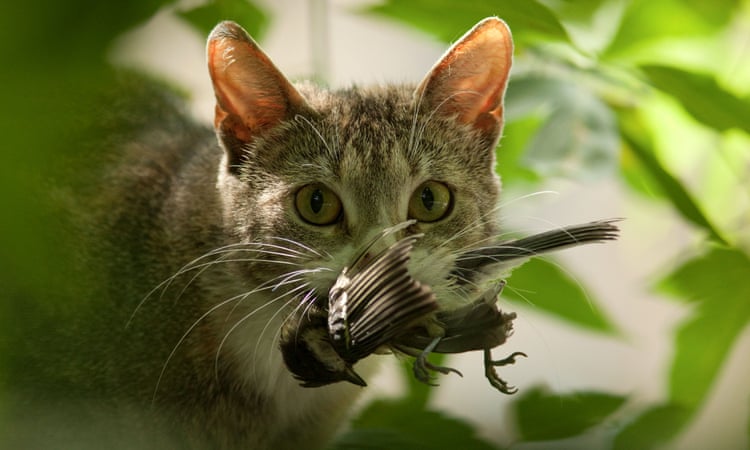
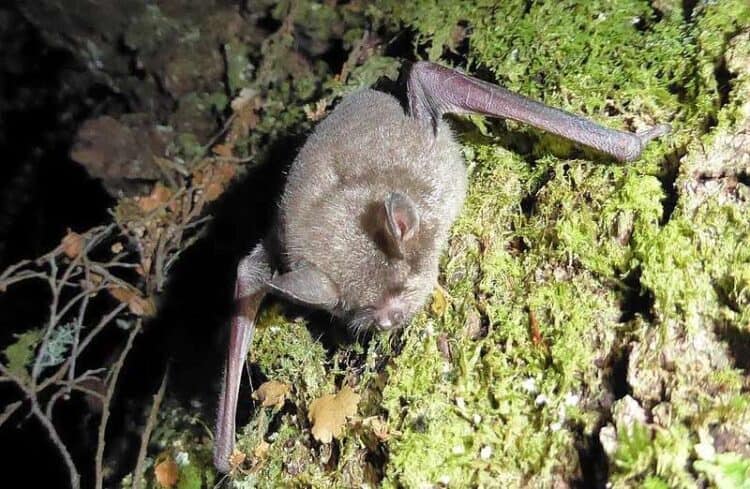

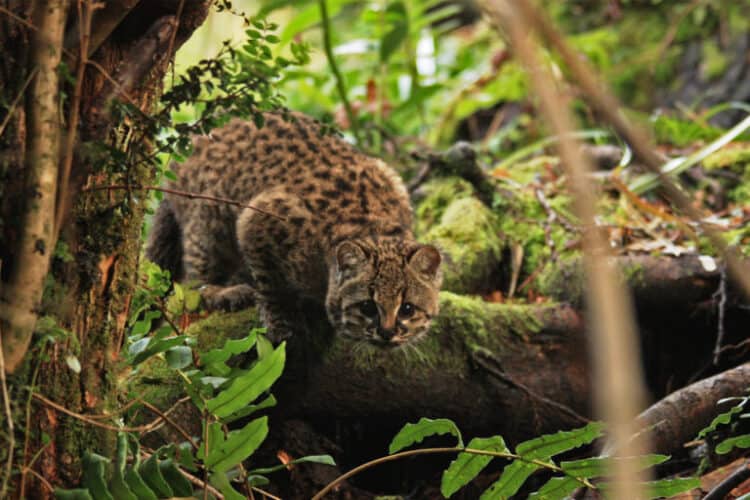
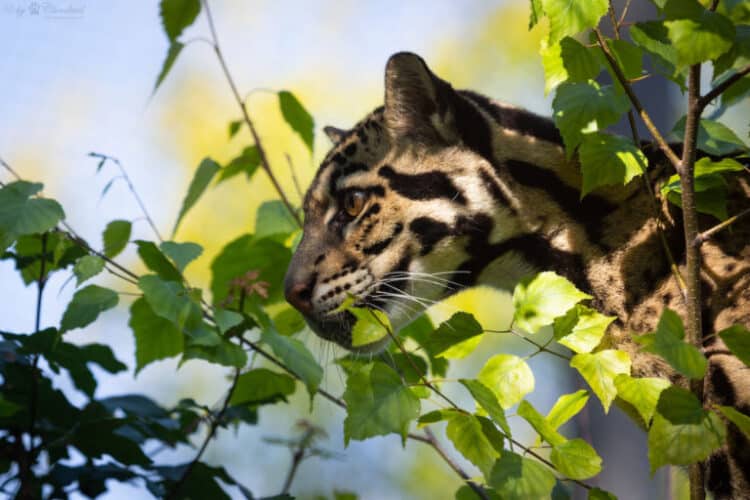
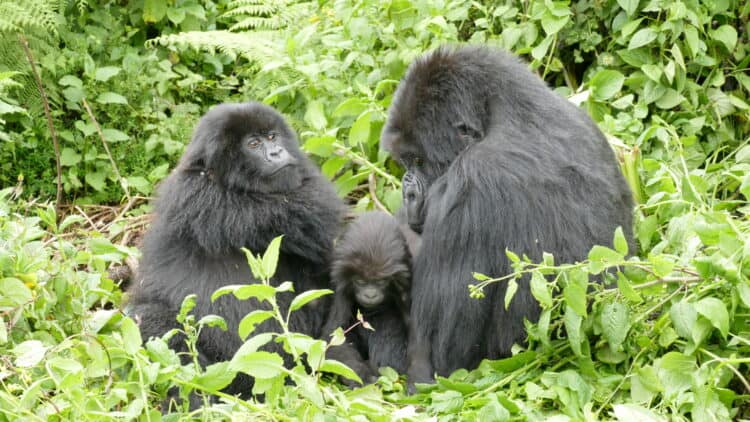
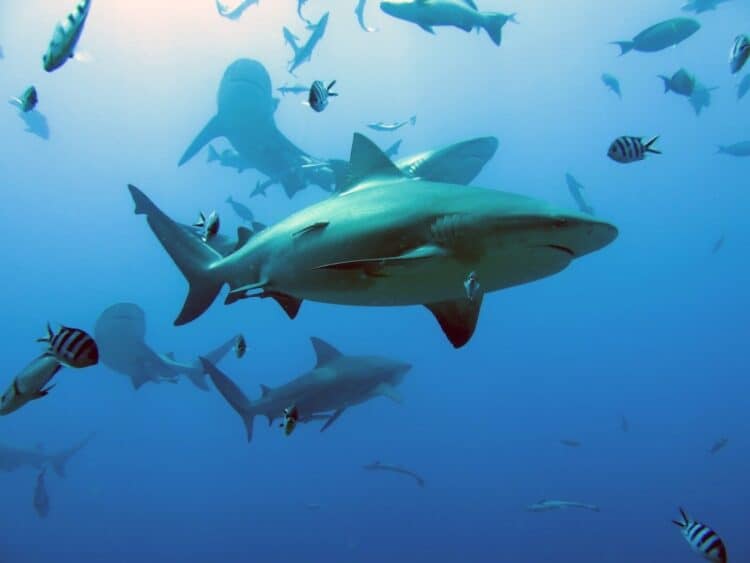
Leave a Reply